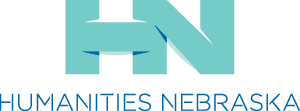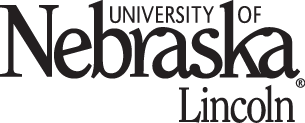Holocaust survivor tells her story to Karen Western sixth-graders
Although there are many lessons students might forget over the years, listening to a Holocaust survivor is one many will likely always remember.
That story is what Karen Western Elementary School sixth-graders experienced Jan. 23.
For the past six years, sixth-grade teacher Sara Conahan has been teaching her students about the Holocaust. At the end of the lesson, she brings in Holocaust survivor Bea Karp to speak to the class.
Conahan was first inspired to teach this lesson to her class after seeing the film, “Freedom Writers,” where a teacher in an inner-city high school brings in a Holocaust survivor to speak to the class. After putting together a lesson, she discovered Karp through the Jewish Education Holocaust Center in Omaha.
Conahan also ties it in with the book “Number the Stars,” which she reads to the class, a book by Lois Lowry about the escape of a Jewish family from Denmark during World War II.
“She (Karp) comes as the ending piece for them to really appreciate all that they’ve learned,” Conahan said. “There are a number of things she did as a child that are similar to the main character in the story, so it’s kind of a cool connection for them.”
Before the unit on the Holocaust, Conahan asked her class how many students know about the Holocaust. Each year no more than a few hands go up. Once Conahan began speaking about the genocide, she encountered a lot of shock and disbelief from her students.
“I usually get a lot of jaws on the floor, shocked faces like ‘Why would they do that? They’re just like us, there’s nothing different about them,’” Conahan said.
Karp spoke about her experiences growing up in a Jewish family in Germany during the 1930s. Jewish people weren’t allowed to own property, so her family had to give up their home.
When she was only 8, Karp and her family were sent to Gurs, a work camp in France. After being transferred to another work camp, she was saved by an international humanitarian organization, and she and her sister Susie were given French names and identities.
Years later, Karp learned her parents died at the Auschwitz concentration camp.
A few questions come up every year. The children want to know if she still has the number on her arm, and whether or not she forgives the Nazis for what they did to her.
The answer to the last question is always no.
After Karp finished speaking, many of the students came up to her and gave her hugs.
“A few of them came up to her and said ‘You’ve changed my life. I’ll always remember your story,’” Conahan said.
Along with hearing Karp, Conahan also had her students make butterflies with the names of someone who suffered during the Holocaust, a project inspired by the United States Holocaust Memorial Museum in Washington, D.C. The butterflies hung on the walls for weeks as the students got used to their presence in the classroom.
At the end of the unit, Conahan tells her students if the person that inspired their butterfly lived or died. For every victim, a butterfly is cut down, until there are only a few remaining on the wall.
“There were lots of tears,” Conahan said. “I was pretty amazed that sixth-graders could understand the depths of that emotion, but I think it’s something that will probably stick with them.”
The students were especially saddened by those who were assigned younger victims of the Holocaust, especially those with younger siblings at home.
“I think that was just a moment for them to realize that it didn’t matter who you were,” Conahan said.
Conahan also makes an effort to tie her lessons in with a message that students can relate to in their everyday lives.
“The reason I do this unit is to show them that just because someone is different from you doesn’t mean they should be treated differently,” Conahan said.
Like many of those people who spoke out against the Holocaust or helped save some of the victims, Conahan hopes her students will take what they’ve learned in class to help make a difference in people’s lives.
“We talked about how in darkness you can be that light that brightens someone’s day,” Conahan said.






